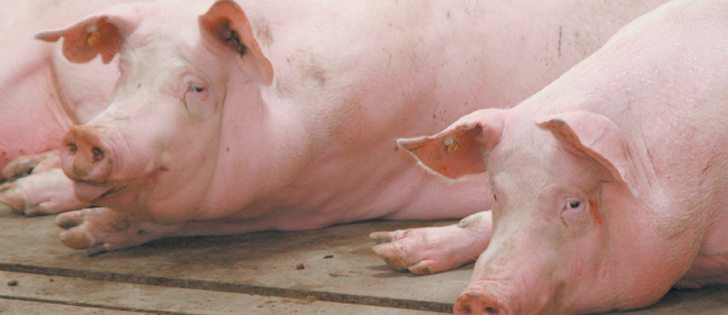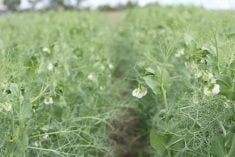Canadian hog farmers are still making money if they locked in futures-based sales before New Year’s Day.
That’s a reality that has come home to Starlite Colony hog manager James Hofer, both in pleasing vindication of his commitment to hedging and ruefully when he thinks how he would have done if he had hedged every hog.
“We didn’t do enough,” said Hofer, whose colony is just west of Winnipeg.
“We did some, but we didn’t ride the wave far enough.”
Read Also

Activist urges new way to measure profitability
Organic activist praises Mark Carney for spearheading the Task Force on Climate-related Financial Disclosures.
It leaves Hofer happier than many other hog farmers, who are now seeing prices drop to break-even levels after jaw-dropping profits last year.
His farm is still making money shipping hogs because of its futures sales, which were executed through packer contracts. However, many farmers stopped using futures to lock in prices last year when cash prices rose to astounding levels.
The cash market rose well above the levels that producers were getting based on their forward sales linked to the hog futures market.
“A lot of people have (used futures), but last year a lot of people booked record hog prices and then the cash exceeded those prices, so a lot of people got cold feet and said, ‘we’re not booking again,’ ” said Hofer.
“The scheme should have been: keep booking, let’s ride this thing out and extend it.”
Hofer said some of his contracted prices are now bringing in 20 cents per kilogram more than cash prices of $1.30 per kilogram.
Chicago lean hog futures have fallen since early December. The April contract on Feb. 13 was priced at about US$66 per hundredweight, whereas from July to December the price was near $90.
Hog farmers make most of their profits from the spread between the cost of the crops they buy to feed their animals and the revenue they receive for selling their pigs. Their profitability grew significantly last year, with crop prices plunging to around $3 per bushel for corn and hog prices rose.
Manitoba Pork Council general manager Andrew Dickson estimated that Manitoba hog producers made an average of C$55 per head last year.
However, corn prices have since recovered to US$4 per bu. and hog prices have fallen by one-third, which means Manitoba farmers will likely make only C$7.48 per pig in 2015.
Nearby April futures give most farmers break-even returns, but the returns look better for the summer.
On Feb. 13, the May contract was priced at about $76 per cwt., which was $10 more than April contract. As well, both June and July futures were between $80 and $81 per cwt. That’s well into profitable territory for most producers if feedgrain prices don’t dramatically rise.
However, the sudden collapse of hog prices since early December has shocked many farmers in the United States and Canada, who had become accustomed to making money producing pigs after many years of losses.
“They aren’t making any money today,” said University of Missouri hog market analyst Ron Plain.
“There’s been a tremendous collapse in hog prices in the last five or six weeks. Current levels are close to cost of production.”
The average U.S. producer now has a break-even price of about US51 cents per pound live weight, or 67 cents as carcass, Plain said. In the afternoon of Feb. 13, April lean hogs futures were trading slightly less than 66 cents.
In aggregate, cash prices tend to be a few cents beneath futures.
Hofer said he hopes fellow hog producers will look at what is happening to margins today so that they’ll return to better hedging practices. Some futures hedges hurt when hog prices were rising, but producers would have been immune to the impact of the subsequent sell-off if they kept using futures hedges.
Hofer said he’s going to keep hedging because he wants to flatten out volatility and is happy to lock in profits even in a rising market.
“There are two ways you can strike out in baseball,” said Hofer.
“You can swing and miss or you can watch a good ball fly by. I would rather go down swinging rather than go down looking.”
Contact ed.white@producer.com
















